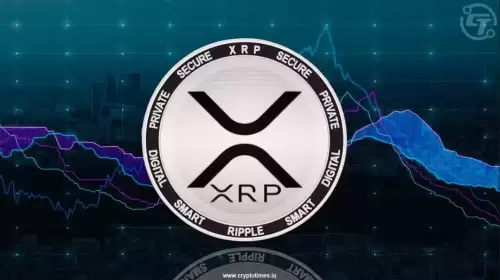 |
|
 |
|
 |
|
 |
|
 |
|
 |
|
 |
|
 |
|
 |
|
 |
|
 |
|
 |
|
 |
|
 |
|
 |
|
加密貨幣新聞文章
Banking Fraud Detection Statistics 2025: Prevalence, Impact, and Prevention Strategies
2025/01/09 23:00

Banking fraud is a serious and growing problem. In 2025, it’s estimated that banks will lose over $40 billion to fraud. This is a significant increase from the $27 billion lost in 2024.
There are a number of factors contributing to the rise in banking fraud. One factor is the increasing popularity of online and mobile banking. Fraudsters are taking advantage of the convenience of these channels to target consumers. Another factor is the growing sophistication of fraud techniques. Fraudsters are using new and innovative methods to bypass fraud detection systems.
The most common types of banking fraud include:
* Identity theft
* Counterfeit checks
* Forged signatures
* Unauthorized withdrawals
* Wire transfer fraud
* Credit card fraud
* Debit card fraud
* ACH fraud
* Elder financial abuse
Banking fraud can have a devastating impact on both consumers and institutions. Consumers may lose their savings, have their credit ruined, and experience emotional distress. Institutions may incur losses, experience reputational damage, and face regulatory scrutiny.
To combat banking fraud, a number of technologies are being used, including artificial intelligence (AI), machine learning (ML), and data mining. These technologies can help banks to identify and prevent fraud.
In addition to technology, a number of regulatory measures are also being taken to address banking fraud. For example, the Dodd-Frank Wall Street Reform and Consumer Protection Act includes a number of provisions to strengthen fraud detection and prevention.
Recent developments in banking fraud detection include the use of AI-powered chatbots to assist consumers with fraud detection and prevention. These chatbots can provide consumers with tips on how to protect themselves from fraud and can help them to report fraud if it occurs.
As banking fraud continues to evolve in complexity, the collaboration between technology, regulation, and consumer awareness becomes increasingly crucial. The statistics underscore the need for proactive and innovative measures to stay ahead of fraudsters. From AI-driven detection tools to enhanced regulatory frameworks, the fight against fraud is advancing rapidly. However, financial institutions and consumers alike must remain vigilant, as the stakes are higher than ever. Together, these efforts promise a safer, more secure future for global financial systems.
免責聲明:info@kdj.com
所提供的資訊並非交易建議。 kDJ.com對任何基於本文提供的資訊進行的投資不承擔任何責任。加密貨幣波動性較大,建議您充分研究後謹慎投資!
如果您認為本網站使用的內容侵犯了您的版權,請立即聯絡我們(info@kdj.com),我們將及時刪除。
-

-

- XRP:機構定位和被低估的資產敘事
- 2025-07-02 14:50:11
- XRP是否是被低估的機構積累的資產?檢查XRP的戰略定位和潛在增長。
-

-

- XRP ETF猜測和加密貨幣市場動力:紐約分鐘
- 2025-07-02 15:10:11
- 探索XRP ETF的潛力,分析加密貨幣市場動力以及對投資者的意義。
-

- 比特幣島夢:當技術人員和加密貨幣衝突時
- 2025-07-02 14:55:12
- 探索比特幣,島嶼生活和科技界的交匯處,研究加密趨勢和島嶼創新。
-

-

-

- 解碼比特幣需求:市場因素和影響力
- 2025-07-02 15:00:12
- 探索從宏觀經濟條件到技術進步和公眾情緒的關鍵因素。加密愛好者必讀的必讀!
-































































